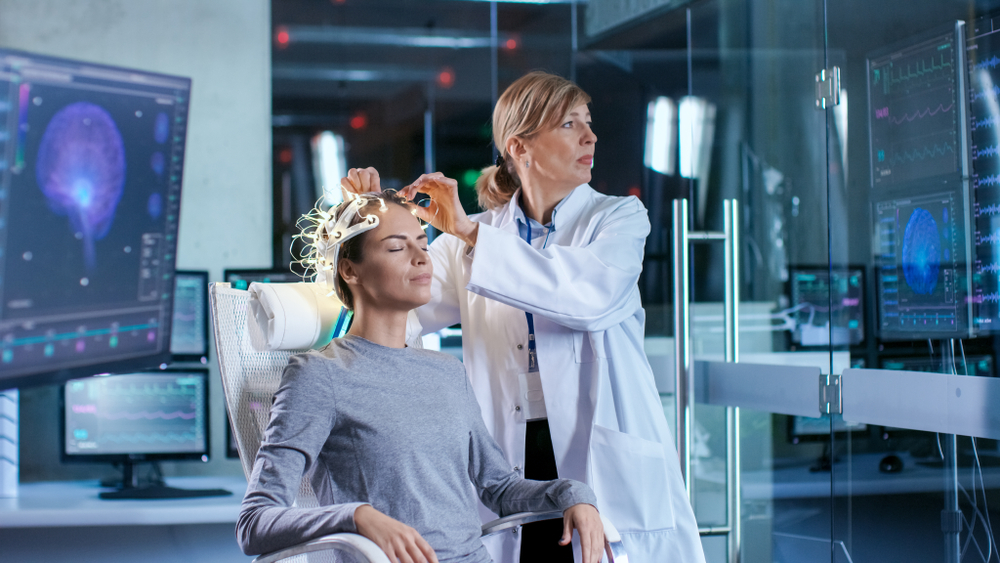Unveiling the Connection Among qEEG and Slumber Disorder Patterns for Improved Assessment and Treatment
Unveiling the Connection Among qEEG and Slumber Disorder Patterns for Improved Assessment and Treatment
Blog Article
Sleep hypopnea is a prevalent sleep condition that impacts many people around the world. It happens when a person's breathing is disrupted during slumber, resulting to poor sleep standards and multiple health concerns. One of the methods researchers and doctors are endeavoring to better understand and identify sleep apnea is through a method called quantitative EEG, or qEEG. This approach measures the electrical function of the brain and can provide important insights into how sleep apnea affects cerebral function and general well-being.
qEEG involves positioning small sensors on the scalp to record brain oscillations. These brain waves are then analyzed to detect trends that may indicate sleep disorders, including sleep apnea. By analyzing these trends, healthcare professionals can obtain a more precise understanding of how sleep apnea interrupts normal brain function during sleep. This information can be crucial for formulating efficient therapeutic plans tailored to individual clients. Comprehending the relationship between qEEG and sleep apnea can result to improved diagnostic methods and superior outcomes for those affected by this condition.
Studies has demonstrated that people with sleep apnea often display specific changes in their brain wave patterns. For example, during instances of apnea, the cerebrum may exhibit heightened function in specific regions while additional areas become less active. These changes can affect how well a person slumbers and how refreshed they perceive upon awakening. By using qEEG to monitor these brain wave patterns, doctors can identify specific traits of sleep apnea in clients, which can assist in formulating a more precise identification. This is particularly crucial because sleep apnea can occasionally be mistaken for alternative sleep conditions, resulting to misguided therapies.
In furthermore to enhancing identification, qEEG can also serve a part in assessing the efficacy of therapies for sleep apnea. For example, after a client starts employing a continuous positive airway pressure (CPAP) machine, which helps keep the airway open during sleep, qEEG can be used to assess changes in brain activity. If the brain shows improved patterns of sleep after starting treatment, it may indicate that the treatment is functioning well. This response can assist physicians formulate required modifications to therapeutic strategies, guaranteeing that patients receive the optimal treatment feasible.
In summary, the relationship between qEEG and sleep apnea trends is an promising area of study that offers potential for enhancing diagnosis and treatment. By understanding how sleep apnea affects brain activity, healthcare providers can develop more effective strategies to help clients attain improved slumber and enhance their general health. As research continues to evolve, it is try these out probable that qEEG will turn into an integral instrument in the battle against sleep apnea, leading to better outcomes for those who suffer from this challenging disorder.